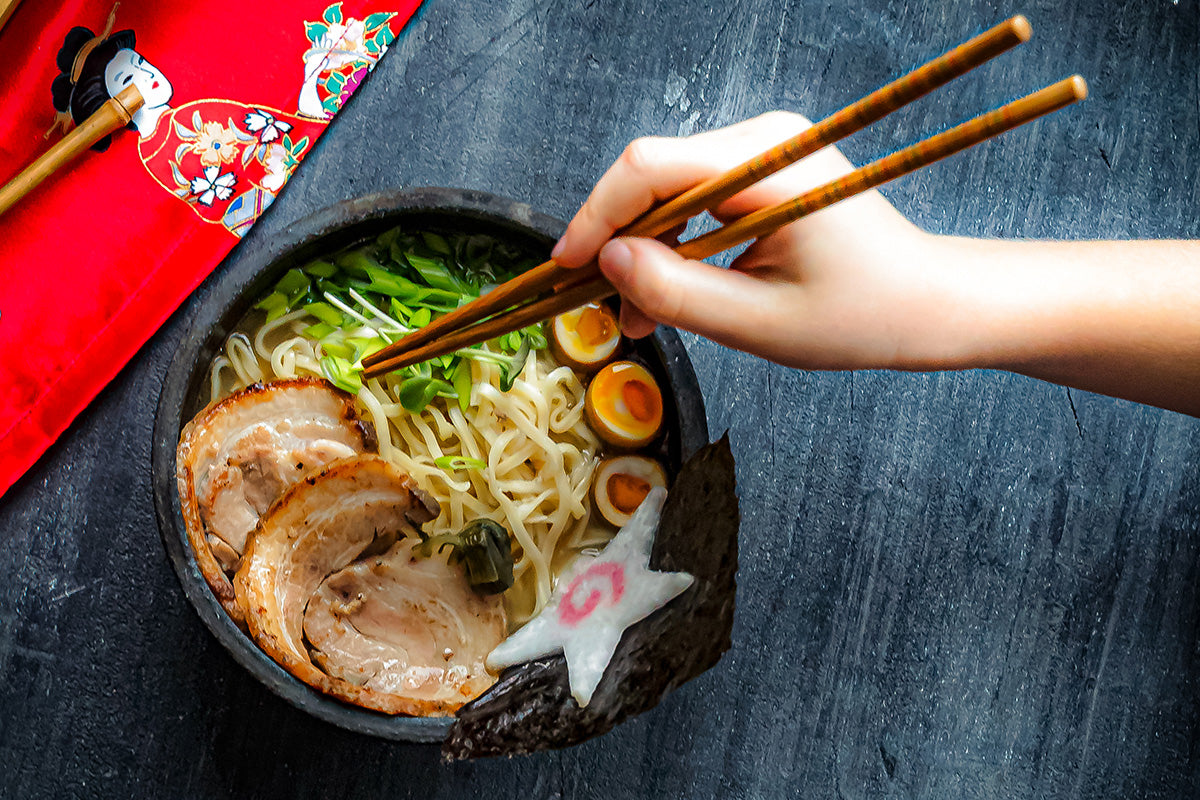Japanese Cooking Techniques: How They Influence Sushi and Other Dishes

Beyond the Rice: Exploring Japanese Cooking Techniques and Their Influence on Sushi and Beyond
Japanese cuisine is often celebrated for its delicate flavors, meticulous presentation, and emphasis on seasonality. But beneath the surface lies a rich tapestry of cooking techniques that elevate these dishes to an art form. From the precision of knife skills to the masterful use of heat, these techniques are the backbone of not only sushi but also an array of other iconic Japanese dishes.
1. The Art of the Knife: Honing Precision
In Japanese cooking, the knife is more than just a tool; it’s an extension of the chef’s hand. The “hocho” or Japanese knives, meticulously crafted and specialized for specific tasks, are wielded with a level of precision that is both mesmerizing and essential.
- Sashimi: The thin, precise slices of raw fish that grace sushi platters are a testament to the sharp edge and control required in “sashimi kiri”, the art of slicing fish for sashimi.
- Vegetable Cuts: From the delicate juliennes of “sōmen” to the uniform cubes of “kushikatsu” (deep-fried skewers), the variety of cuts in Japanese cooking are designed to maximize flavor and visual appeal.
2. Mastering the Heat: From Gentle Simmer to Sizzling Sear
Heat plays a pivotal role in Japanese cooking, with different techniques employed to extract the best from each ingredient.
- “Nimono”: This gentle simmering technique is used to infuse flavors into vegetables, meats, and fish, creating delicate broths and stews. It’s commonly seen in dishes like “nikujaga” (beef and potato stew) and “daikon no nimono” (simmered daikon radish).
- “Yakimono”: The “yakimono” (grilled dishes) are characterized by the intense heat used to create a flavorful char and tender interior. “Yakitori” (grilled skewers) and “teriyaki” (grilled fish or meat in a sweet soy sauce glaze) are prime examples of this technique.
- “Agemono”: Deep-frying, known as “agemono,” is another critical technique in Japanese cooking. It creates a crispy exterior while locking in moisture and flavor. “Tempura” (deep-fried seafood and vegetables) and “karaage” (deep-fried chicken) are popular examples.
3. The Essence of Umami: The Magic of Dashi
The rich, savory flavor of “umami” is central to Japanese cuisine, and “dashi”, a flavorful broth made from kombu (kelp) and bonito flakes, is its foundation. Dashi serves as the base for numerous soups, stews, sauces, and even rice dishes like “donburi”.
Sushi: A Masterpiece of Japanese Technique
Sushi itself is a testament to the integration of these techniques. From the perfectly seasoned rice (“shari”) prepared using the “kaeshi” (vinegar-based seasoning), to the artful placement of ingredients, each element contributes to the overall harmony of the dish. The delicate flavors of the fish, the subtle acidity of the rice, and the freshness of the vegetables are all brought together in a symphony of taste.
Beyond Sushi: A World of Flavors
These techniques are not confined to sushi. They are integral to the creation of countless other Japanese dishes:
- Ramen: The flavorful broth of ramen is a testament to the “dashi” and simmering techniques, while the noodles are a showcase of precision in preparation.
- Sukiyaki: This hot pot dish utilizes both simmering and grilling techniques, bringing together a variety of ingredients in a savory broth.
- Okonomiyaki: This savory pancake-like dish is a delicious example of the versatility of Japanese cooking, incorporating both grilling and deep-frying techniques.
The Future of Japanese Cooking:
As Japanese cuisine continues to gain popularity around the world, understanding these fundamental techniques is key to appreciating its depth and artistry. Mastering them allows us to not only create delicious dishes but also connect with the rich cultural heritage that informs every aspect of Japanese cooking. From the simple act of slicing a vegetable to the precise timing of a simmer, every step in the process is imbued with a sense of respect for the ingredients and an unwavering dedication to crafting a culinary masterpiece.

